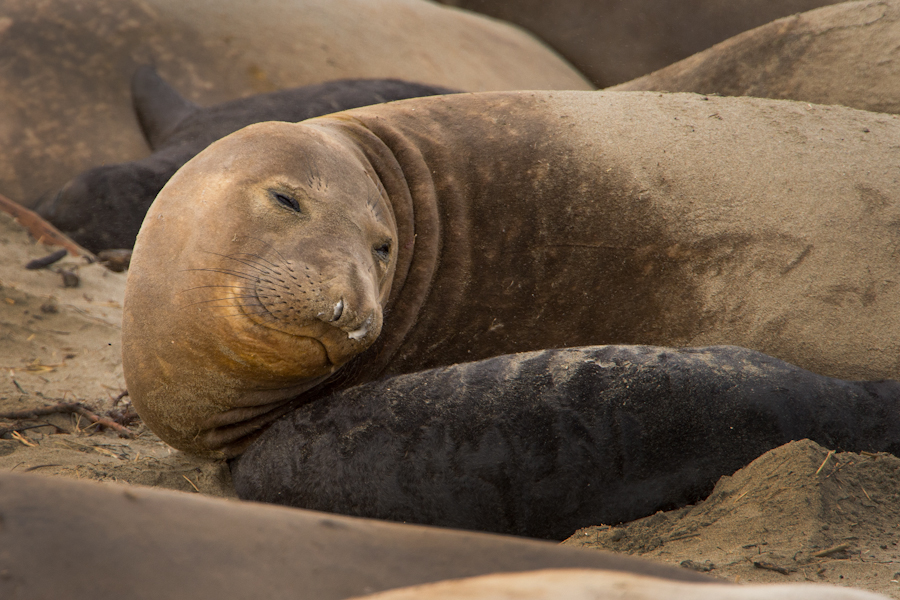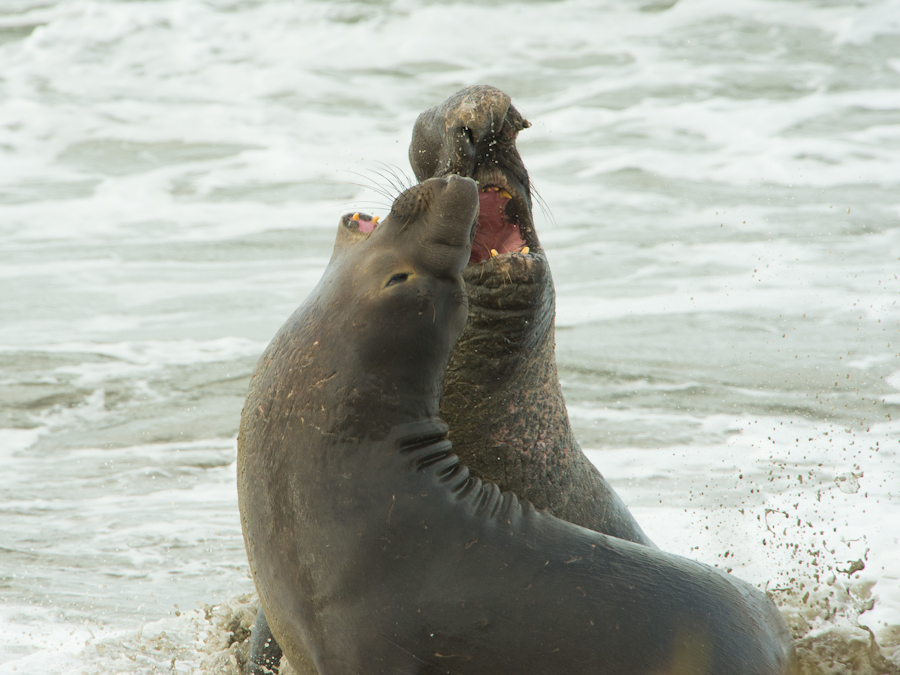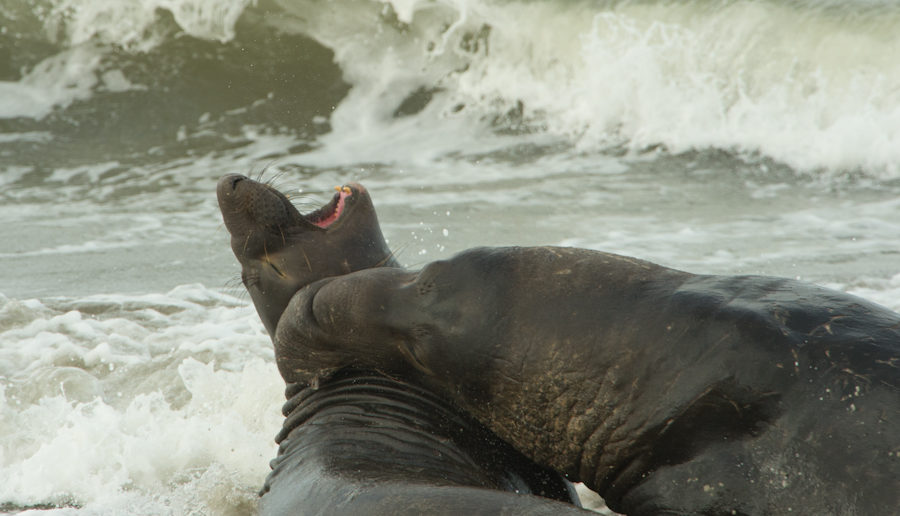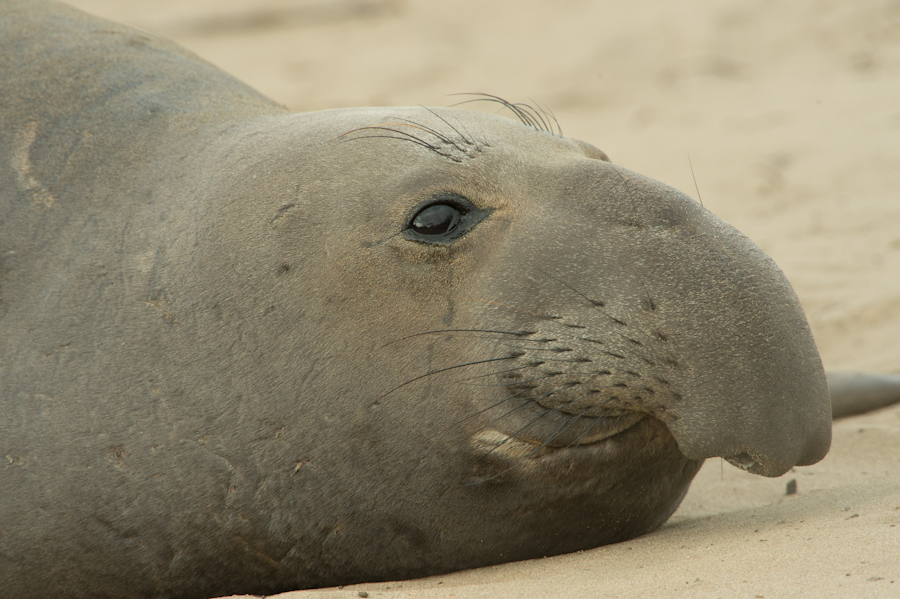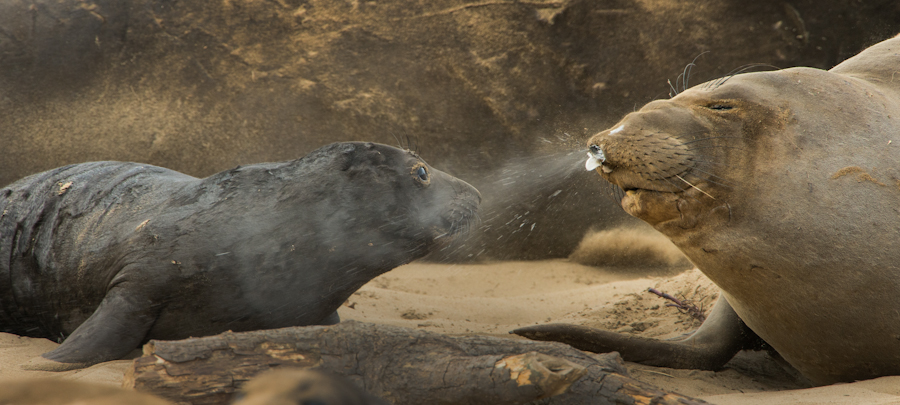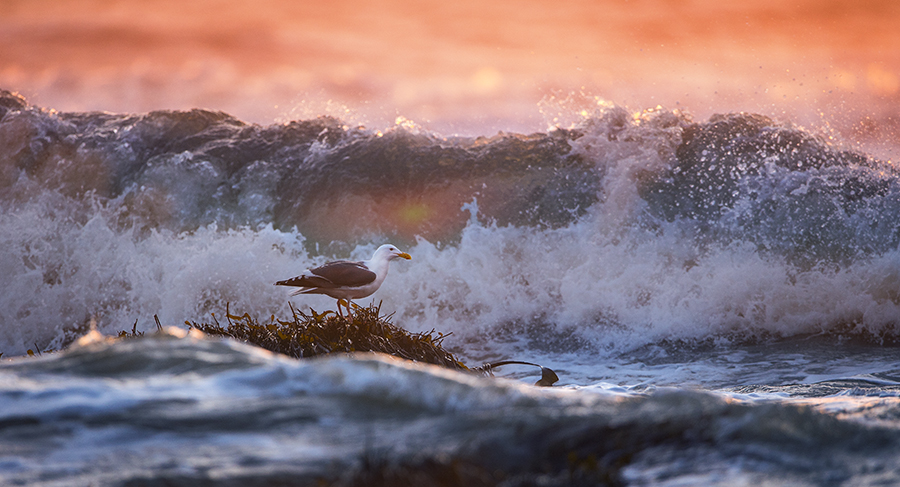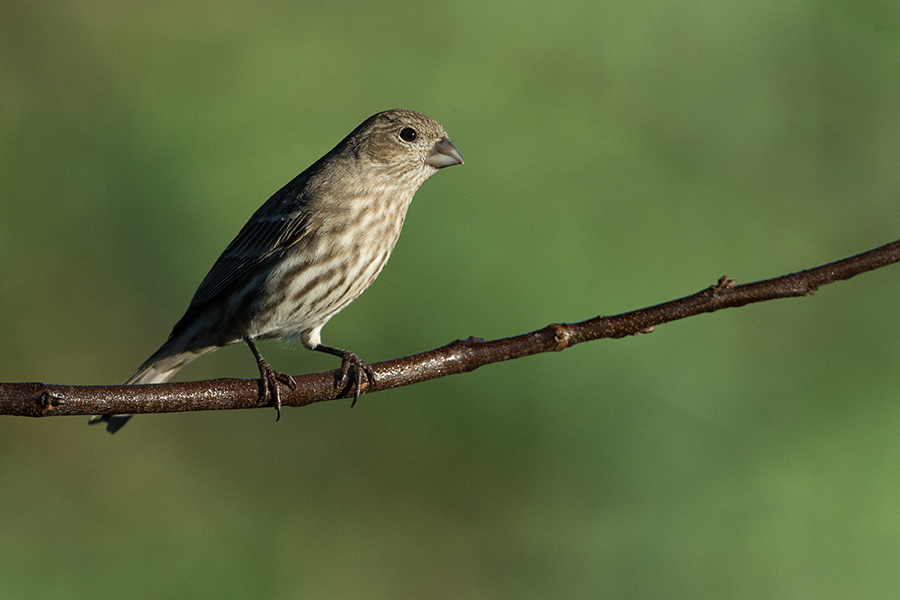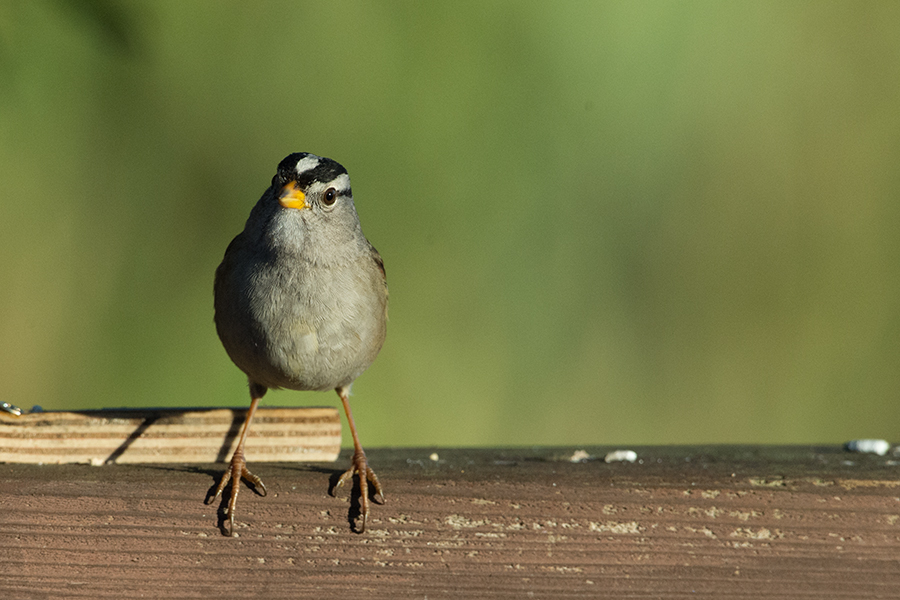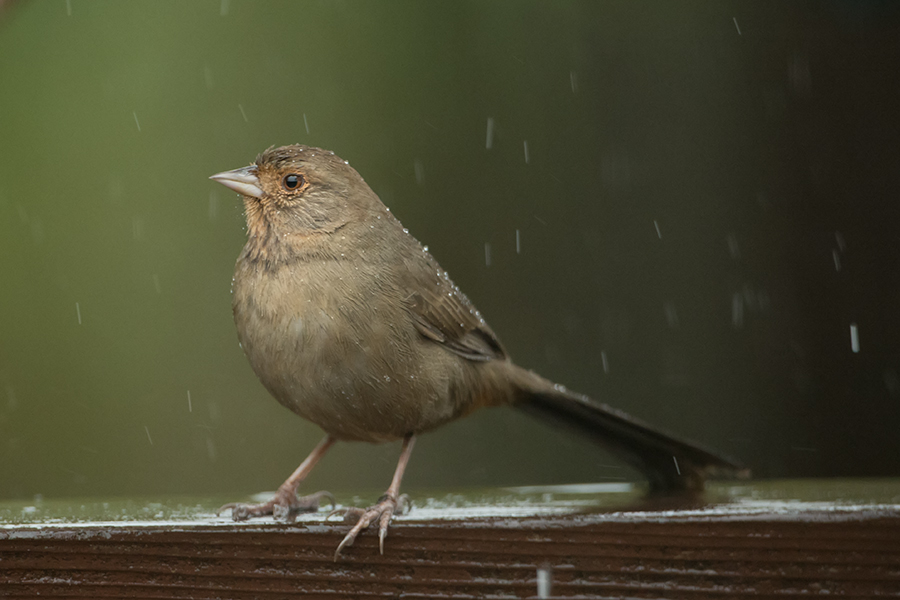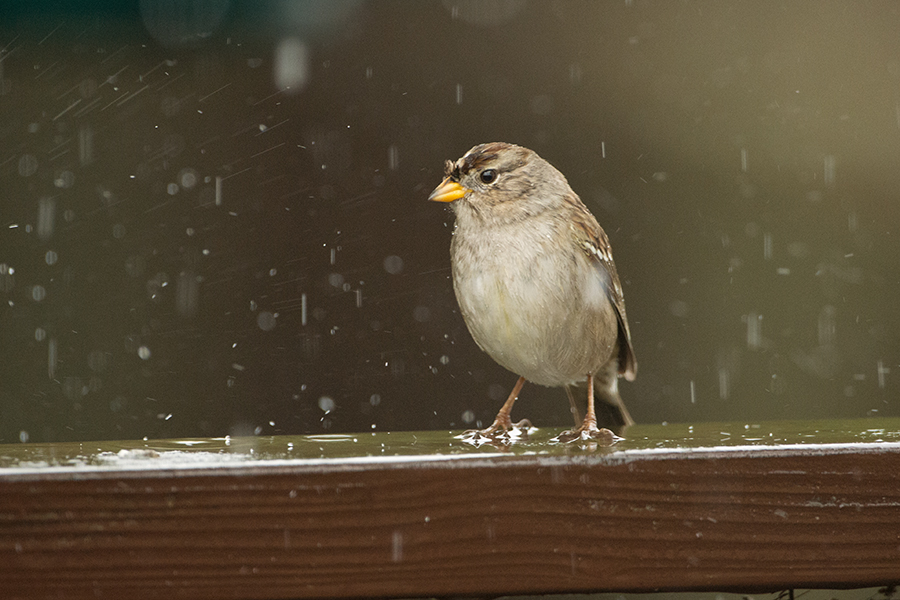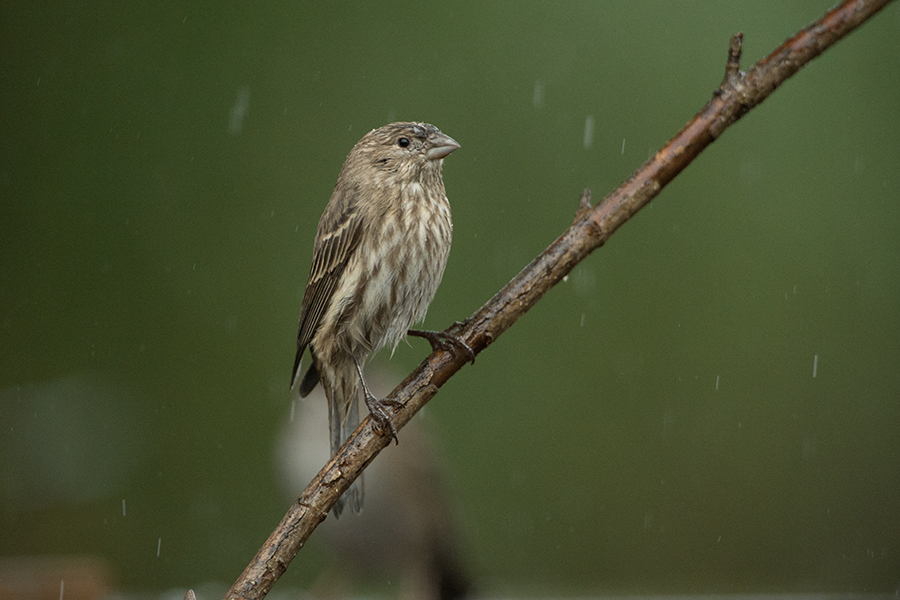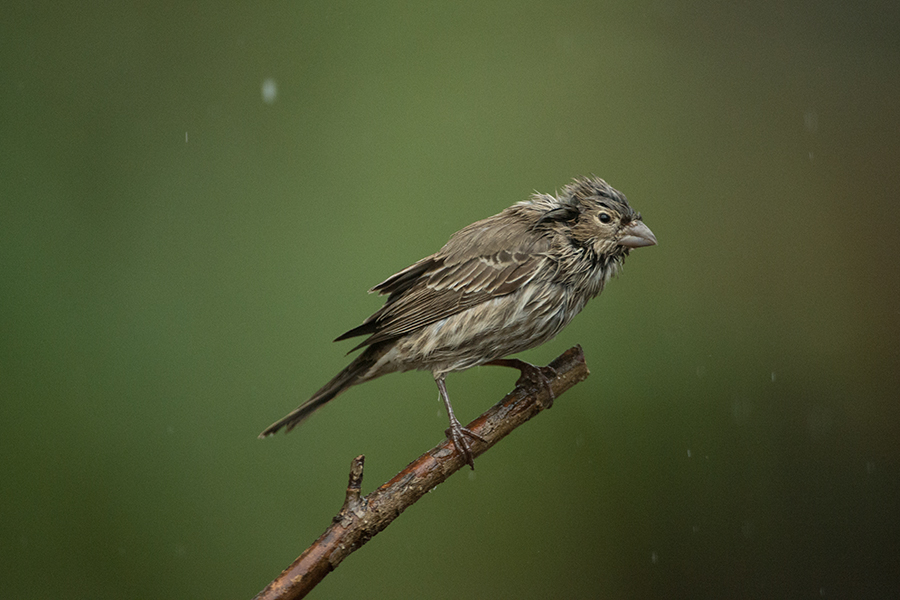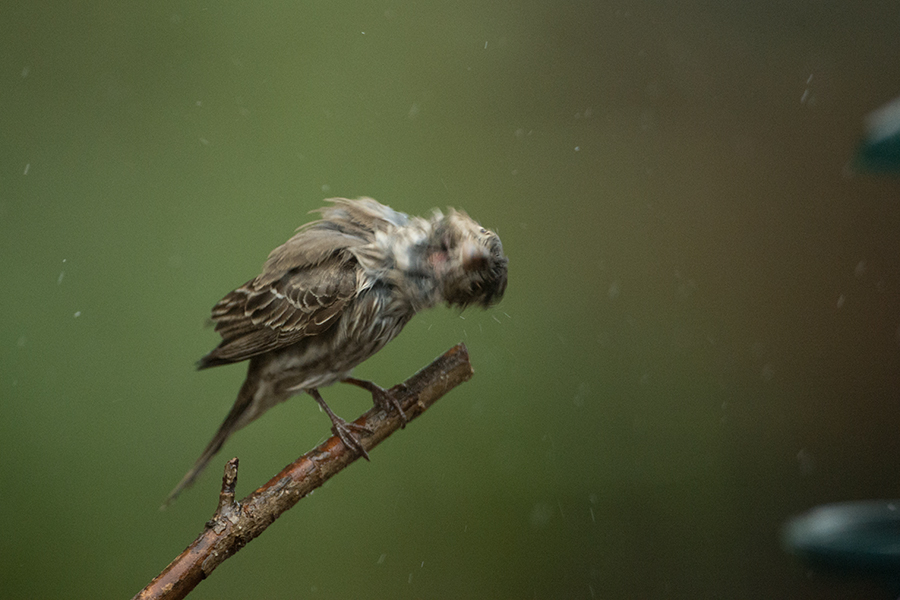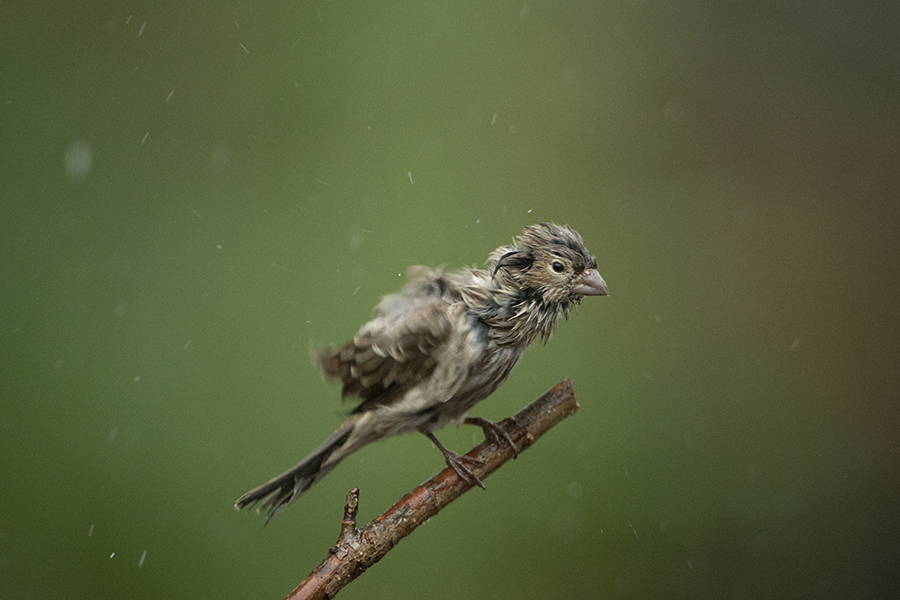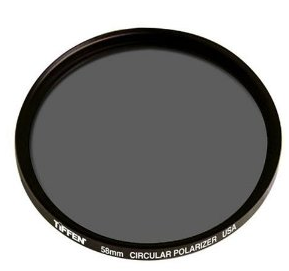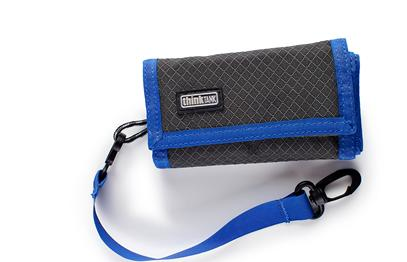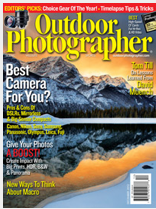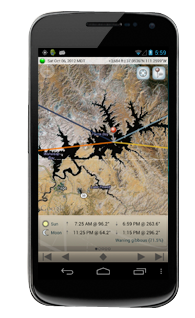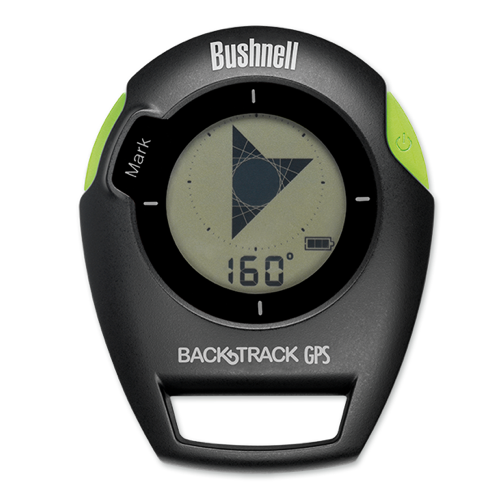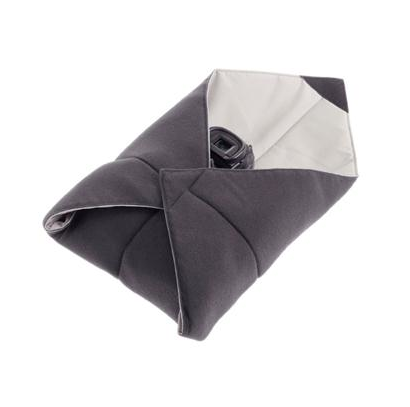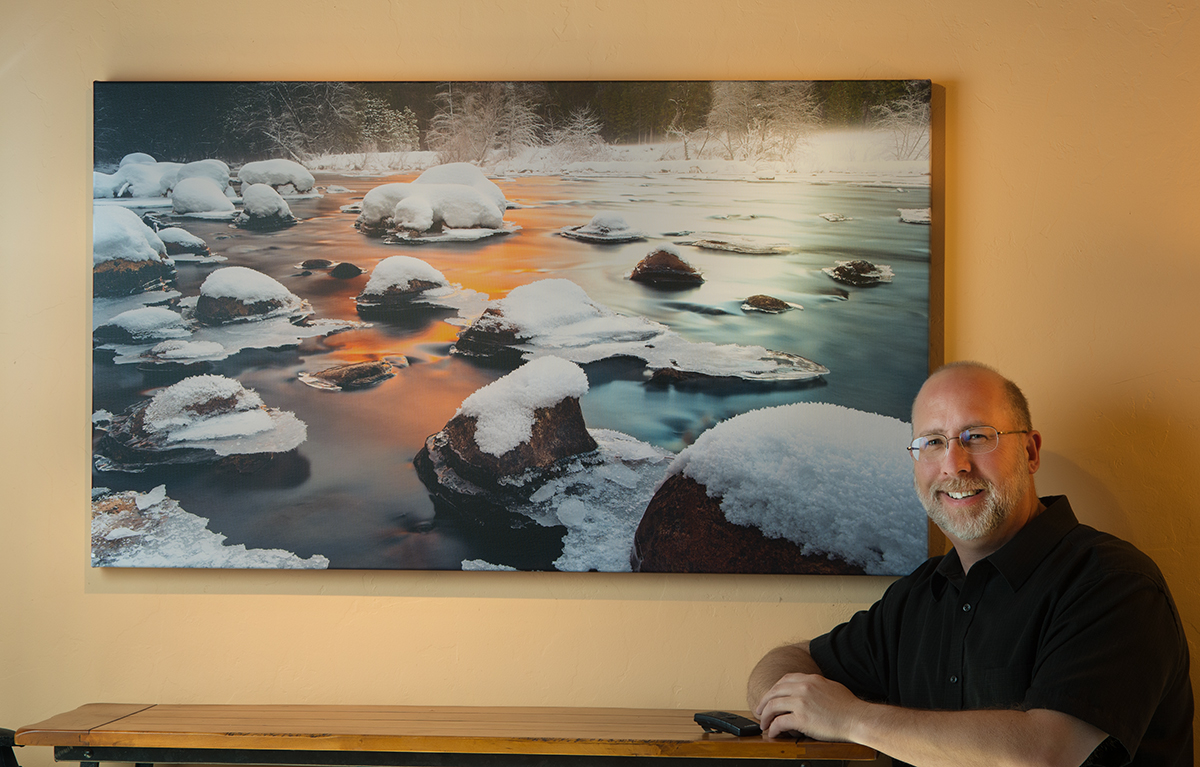
My most recent wall print from my winter trip to Yosemite has been completed. It's a 50 x 28 Museum Grade Canvas Print on stretcher bars with surface print protection. The print sets off the wall 1 3/4 inches.
***
I was very lucky to capture a moment along the Merced River just west of El Capitan this winter. While I started out the shoot, planning on capturing El Capitan's granite face against the valley floor, I think I did much better.
Fellow photographer, Dave Courtney and I, set out on one of coldest days of January to photograph Yosemite in the winter. The park was a frigid 25 degrees when we arrived so everything was cast in a frosty covering of ice. We stopped several places to shoot and finally ended up in a spot I have photographed many times along the Merced river and got ready for the sunset.
The plan was to shoot images as the sun dropped in the sky, capturing the stately El Capitan granite monolith standing guard over the valley floor.
You never really know what the sunset is going to be like in Yosemite Valley. Clouds and smog particles in the west play a huge roll as to whether your photographs are special or not. Many times, cold clear skies yeild a vibrant deep cobalt color but without clouds, there can be too much blue in the photograph. A day with white puffy clouds is preferred, taking second only to the gray and black storm clouds that can be quite dramatic. This particular day had little in the way of clouds.
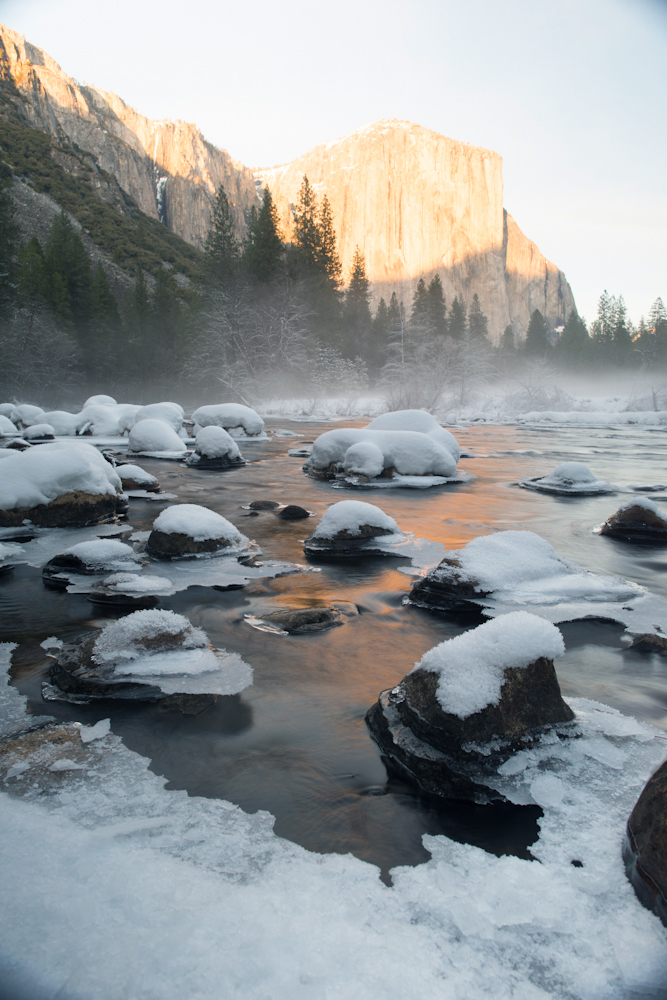
We did get lucky though. Unbeknown to us, a temperature inversion was happening along the coast of California as warm air started to drift over the state, trapping smog particles against the cold air from the earth's surface. In the San Francisco Bay Area, it can turn into a "spare the air day", where we try to restrict more particles from being sent into the air by eliminating the use of fireplaces and such. The bottom line for the photographer, is that all those trapped particles can result in some spectacular colored skies.
Along with this temperature inversion, we had a small amount of wispy clouds to the West, that "softened" the sunlight as it fell upon El Capitan.
The extreme cold conditions in the valley during that week served a few purposes for out photography. One, it helped fog develop in the valley but not so much that it obliterated the view. Second, it helped preserve the snow from a couple of days earlier by staying so cold, the temperature didn't allow the snow to melt and fall off rocks and trees. The outcome, was it looked like fresh snow had just fallen everywhere. Lastly, the extreme cold froze the edges of the Merced river allowing me to safely move a tripod farther out on the ice, to capture the composition I was looking for.
As the sun dropped in the sky, El Capitan became more and more yellow and orange. Those colors started to reflect off the river creating a fabulous display of color across the water. I also noticed a cooler, teal color coming in from the right as this was a reflection of sky and cold granite South wall of the valley, that hadn't seen the sun because of the low winter sun pattern.
I had a decision to make. Capture El Capitan as it changed color before our eyes as the sun set, or, tilt the camera down and capture just the water and the effect of the reflecting sun. Since there were almost no clouds behind El Capitan to break up the sky texture, I went for the river shot.
I love the way this turned out.
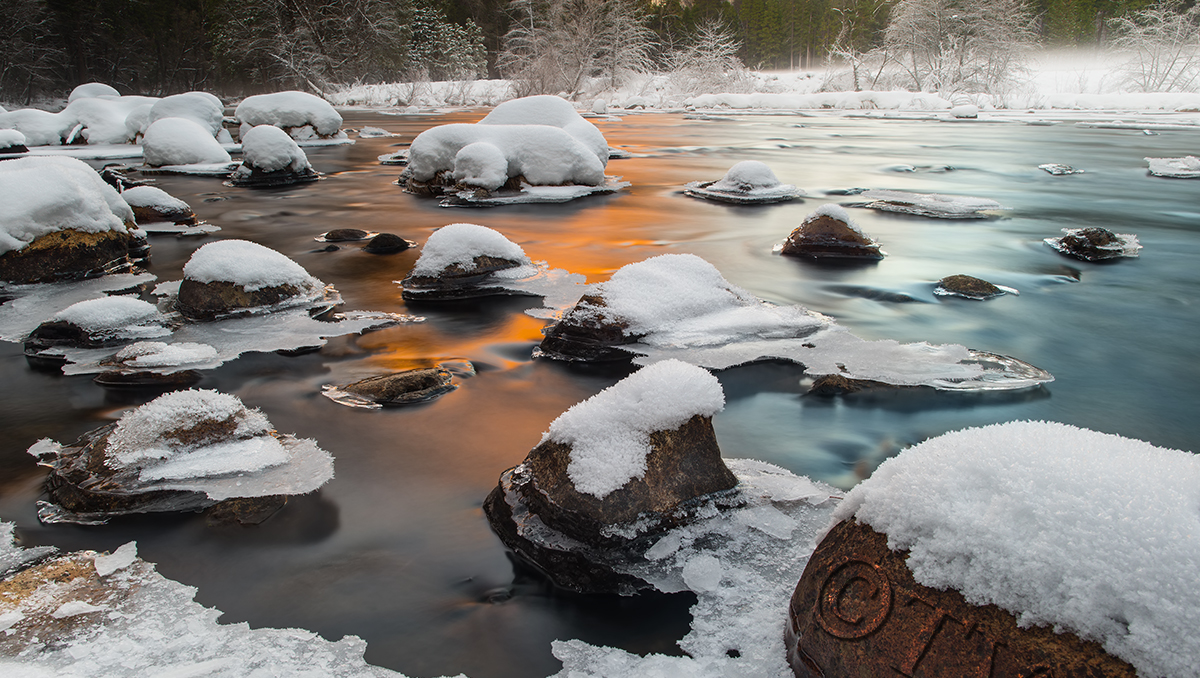
This print is available for purchase in a limited release (without watermark). It is being sold as a 50 x 28 Museum Grade Canvas Stretched Print ready to hang. For $1,150 plus tax and shipping. Please contact me directly at terry@imagelight.com for orders. The image is also available in other sizes both larger and smaller and float frame options are available at cost.

